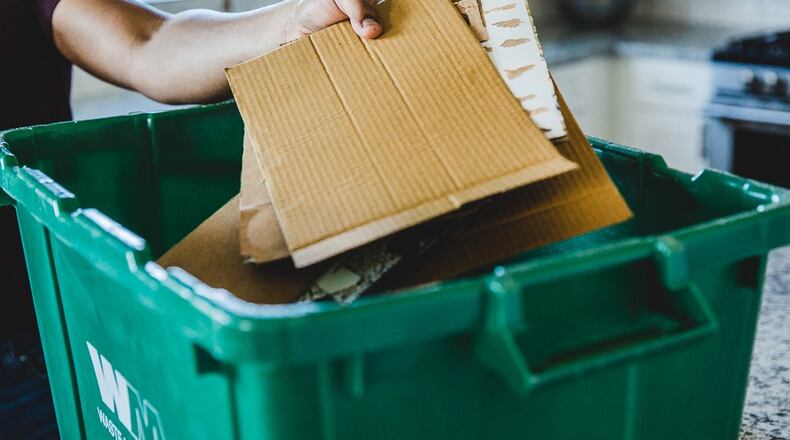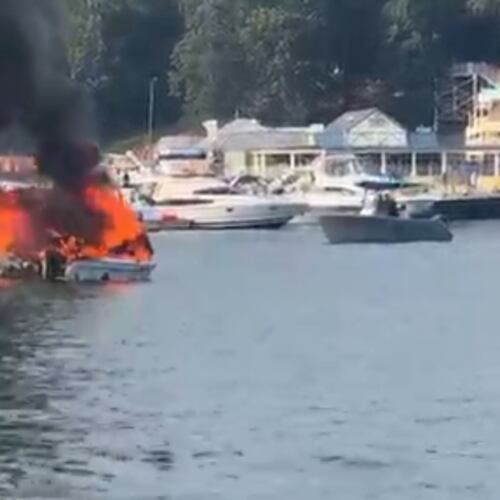Interestingly, recycling has become one of those hotly debated topics across social media.
“Why can’t I put glass in my curbside recycling? That should be a no-brainer to recycle.”
“They just dump everything in one truck, then take it to the landfill anyway, right?”
“Does anyone really know what our waste hauler IS recycling?”
Kathy Reed, Executive Director of Keep North Fulton Beautiful is concerned too. As head of the 501(c)3 nonprofit serving Sandy Springs and Johns Creek, she understands the public’s confusion.
“This is a big issue in the recycling industry in general, it’s not just us in Georgia,” said Reed. “There are always a lot of questions and confusion around what can and cannot be recycled.”
The challenge is highly geographically specific. Every waste hauler providing curbside recycling has two big questions: What end market providers are nearby to receive recyclable products, and what materials can that hauler sort?
“We’re fortunate in Georgia to have a robust market for plastic recycling of polyethylene terephthalate, or PET plastics.” said Reed. “These are highly recyclable in the state of Georgia thanks to the carpet industry in Dalton.”
PET plastic is 100% recyclable and versatile. The material is used in fibers for clothing, containers for food and liquids, automotive parts and even lamination on solar panels. In other parts of the country, or even more rural areas within the state, the waste hauler may not have the option for these number one plastics.
The other significant factor to consider is which Materials Recovery Facility (MRF, pronounced “murf”) is your waste collector using. These large sorting facilities separate and prepare single-stream recycling materials to be sold to end buyers.
According to a survey conducted in 2016 by The Recycling Partnership, 86% of curbside recycling programs are now single-stream, meaning recyclables are collected by a single truck and sorted at a MRF.
Knowing what can and cannot be recycled by your waste collector is essential to the operations of your local MRF. This knowledge also helps you avoid contaminating the “stream” with items that cannot be recycled curbside like plastic bags, paint and electronic waste.
Which brings us to glass recycling. “Glass is infinitely recyclable and there is a robust end market for it,” said Reed. “What makes glass challenging is it’s very heavy to transport and, in curbside recycling, it can break, contaminate other materials and ultimately damage the MRF during sorting.” Which explains why more and more local communities have separate recycling bins available just for glass.
About the Author
Keep Reading
The Latest
Featured



